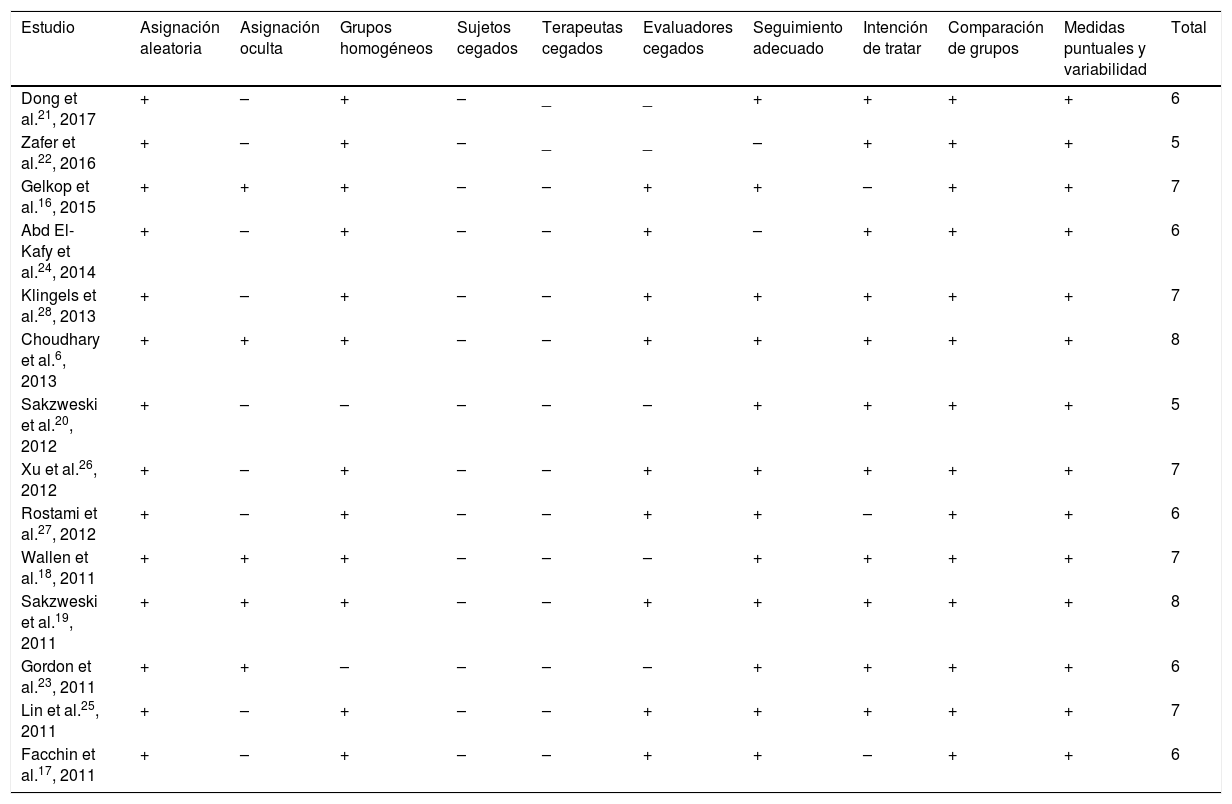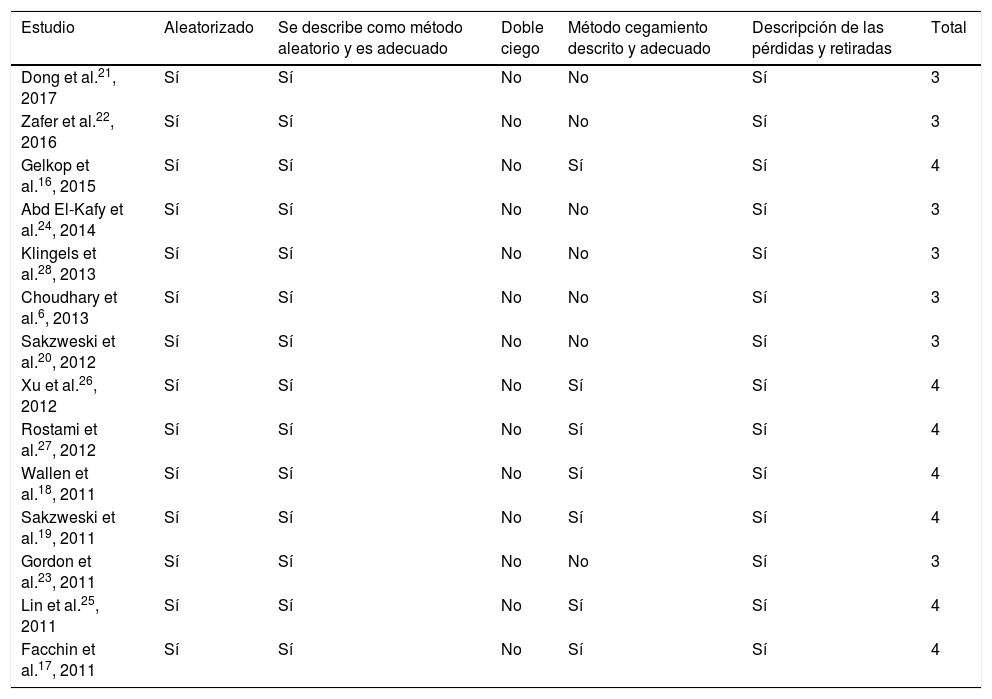En la parálisis cerebral hemipléjica puede aparecer el «aprendizaje de no uso». La terapia de movimiento inducido por restricción del lado sano parece revertir este fenómeno. El objetivo del presente artículo es revisar la evidencia sobre su efectividad en la funcionalidad del miembro superior, la realización de las actividades de la vida diaria y la calidad de vida.
Pacientes y métodosSe llevó a cabo una revisión sistemática entre enero y abril del 2019 en las bases de datos PubMed, Cochrane, PEDro y TripDataBase. Se han incluido 14 estudios clínicos donde se describen sus características.
ResultadosLa mayor parte de los estudios encuentran mejorías significativas frente a grupos controles. Solo un artículo investiga sobre calidad de vida.
ConclusionesLa terapia de movimiento inducido por restricción parece tener efectos positivos en la rehabilitación motora de la extremidad superior de estos sujetos. Se necesitan más estudios que valoren los factores individuales más influyentes en la rehabilitación.
In hemiplegic cerebral palsy, learned non-use may appear. This phenomenon can be reversed by constraint-induced movement therapy in the healthy side. The aim of this article was to review the evidence of the effectiveness of this therapy on upper extremity functioning, the performance of activities of daily living and quality of life.
Patients and methodsWe performed a systematic review between January and April 2019 in the PubMed, COCHRANE, PEDro and TRIPDATABASE databases. We included 14 clinical studies describing their characteristics.
ResultsMost of the studies found significant improvements compared with control groups. Only one article investigated quality of life.
ConclusionsConstraint-induced movement therapy seems to have positive effects in the motor rehabilitation of the upper extremity in patients with hemiplegic cerebral palsy. Further studies are needed to assess the individual factors of greatest influence in rehabilitation.










